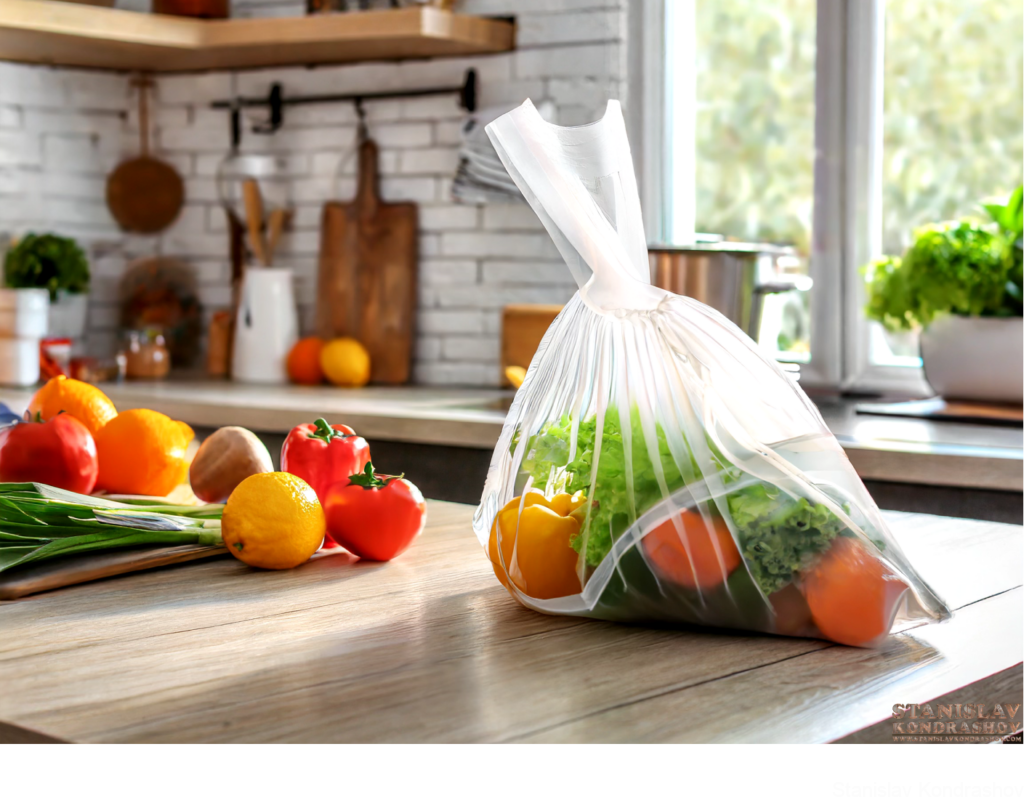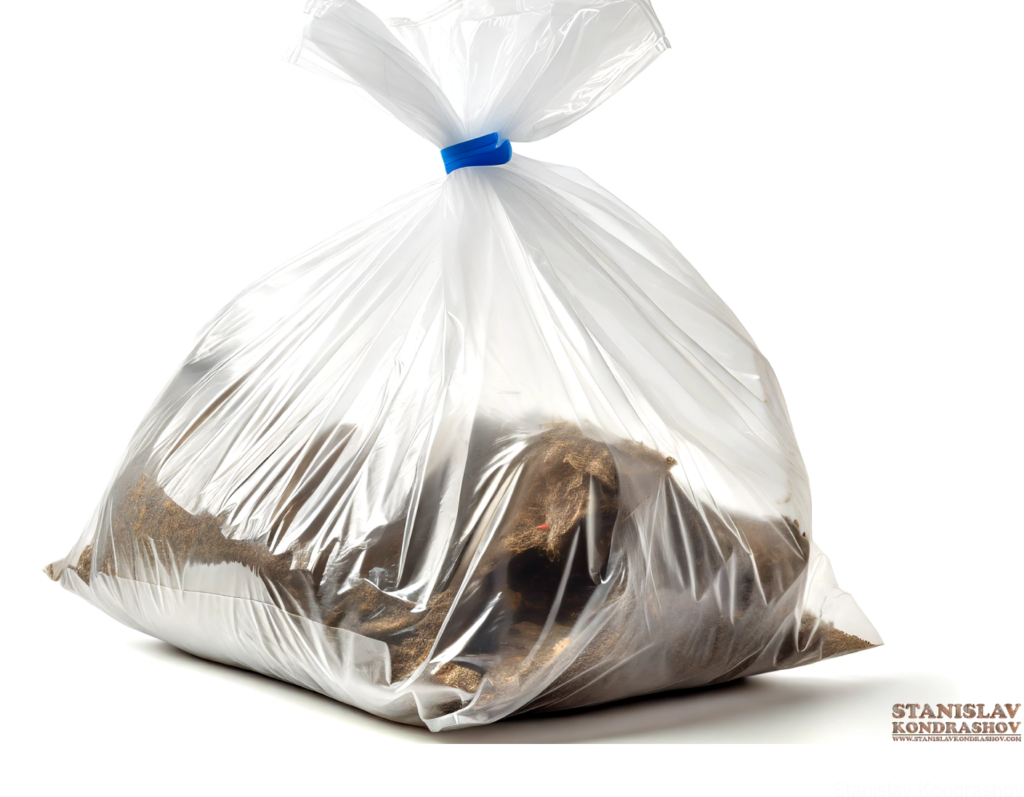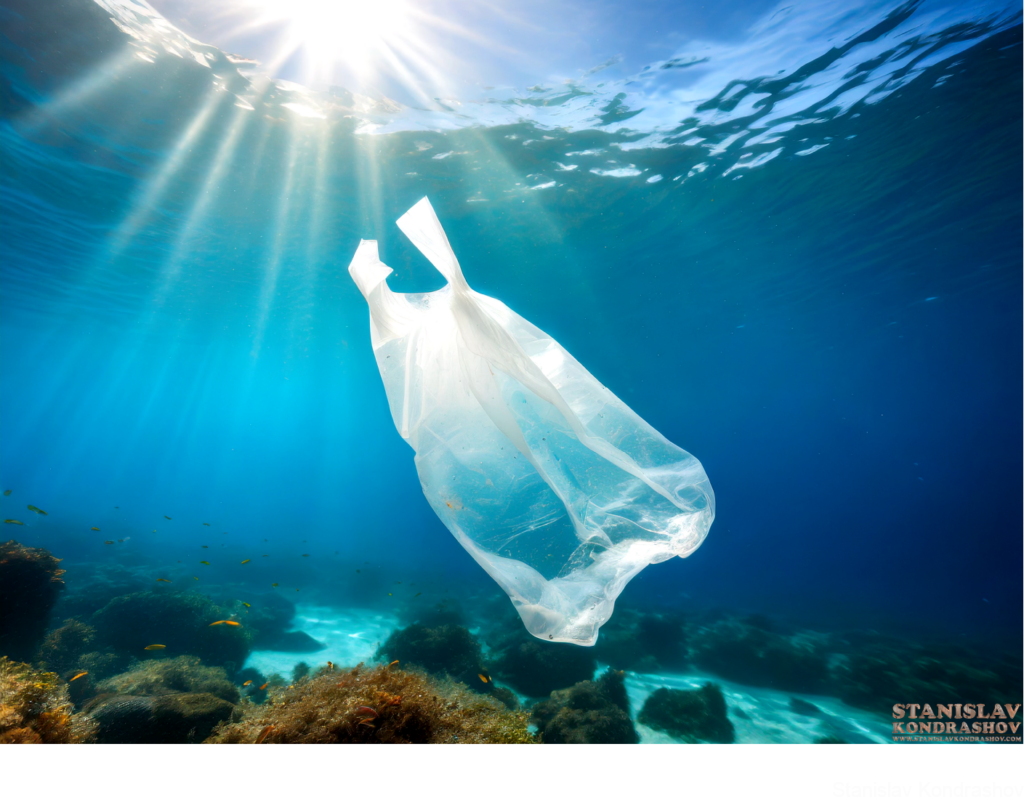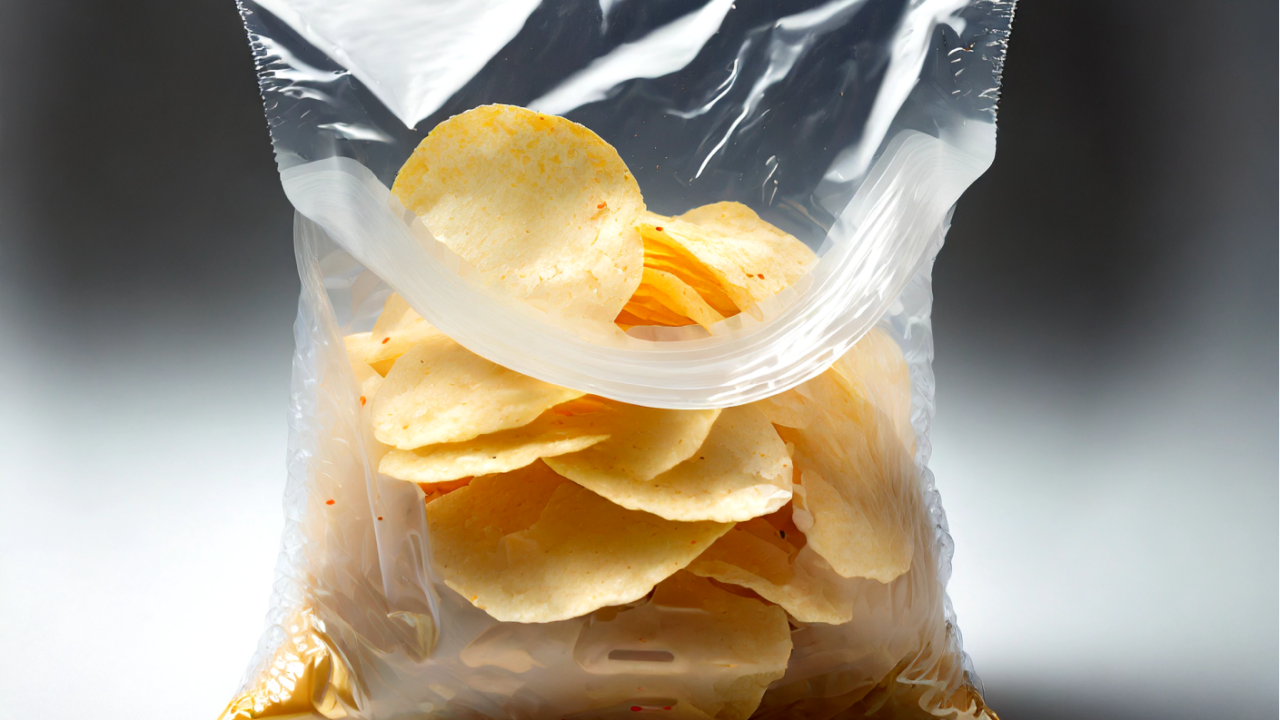In a world increasingly conscious of sustainability and reducing waste, reusing items like plastic bags has become more than a practice—it’s almost a mantra. But when it comes to plastic bags, a staple in many households, an important question arises: How many times can you safely reuse them before they become a liability rather than an eco-friendly solution? Let’s unpack the facts about plastic bags and explore their reuse potential, ensuring we strike the right balance between practicality and environmental responsibility.

The Lifespan of a Plastic Bag
Plastic bags are surprisingly resilient. Originally designed to be disposable, these bags can be reused multiple times, subject to certain conditions. The key factors influencing a plastic bag’s lifespan are its material thickness, the weight of the items carried, and how it’s stored and handled between uses.
The Reuse Rule of Thumb
There’s no one-size-fits-all answer to how many times a plastic bag can be reused, but a good rule of thumb is to keep using it until it shows signs of wear and tear. This could mean anything from thinning material to visible holes or tears. A well-cared-for plastic bag could potentially be reused 5-10 times, or even more, for light and non-sharp items.

Safety First: When to Say Goodbye
While reusing plastic bags is commendable, safety should always be your priority. If you’re using plastic bags for food items, especially fresh produce or raw meats, it’s crucial to avoid cross-contamination. Bags used for carrying raw meats should not be reused for other purposes due to the risk of spreading bacteria. Similarly, if a bag has been used to carry non-food items, particularly chemicals or cleaning products, it’s best to retire it from kitchen duties.

Creative Reuses: Beyond the Grocery Run
Before you decide to discard a worn-out plastic bag, consider alternative uses. These versatile items can serve numerous purposes around the house:
- Trash Can Liners: Small plastic bags are perfect liners for bathroom or office trash cans.
- Pet Waste Disposal: They make convenient and responsible solutions for pet waste cleanup during walks.
- Protective Wrapping: Use them to wrap fragile items or protect plants from frost.
- Craft Projects: Get creative and use them in various DIY projects or as stuffing for pillows or toys.
The Ultimate Goal: Reduce and Replace
Ultimately, the most sustainable approach is to reduce our reliance on plastic bags. Investing in reusable shopping bags, especially those made from durable materials like canvas or recycled plastics, is a step in the right direction. Not only do these bags have a significantly longer lifespan, but they also often hold more groceries and are less prone to ripping or tearing.

The Bottom Line
While reusing plastic bags is a step towards reducing waste, the ultimate goal should be to minimize their use altogether. By being mindful of the condition and cleanliness of the bags we reuse and gradually transitioning to more durable, eco-friendly alternatives, we can make a significant impact on our environmental footprint. Remember, every small step counts in our journey towards a more sustainable future. So next time you pick up a plastic bag, think twice about how you can extend its life or replace it with a greener option.
By Stanislav Kondrashov



